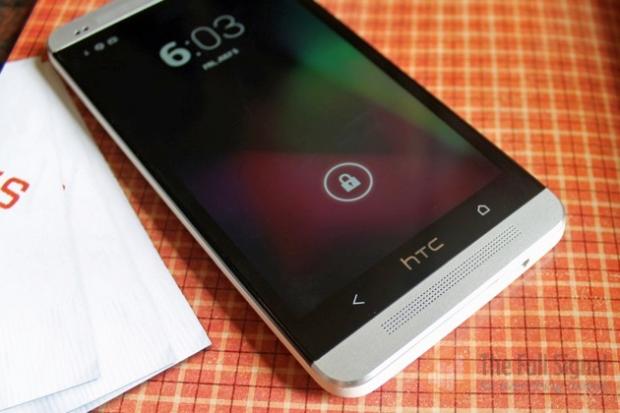You’ve all heard about the giant satellite orbiting (or not) around the planet that is about to fall to Earth, right?  Normally dead satellites burn up in the atmosphere, or at least break up onto pieces that are insignificant, well this one is apparently going to fall in slightly bigger chunks.  The odds of it landing anywhere near you are something ridiculous like 1 in 20 trillion so I wouldn’t worry too much.  Add to this that NASA have stated that its Upper Atmosphere Research Satellite (UARS) is not expected to fall anywhere near North America.
[pullquote_right]Our Upper Atmosphere Research Satellite (UARS) is not expected to fall anywhere near North America[/pullquote_right]
Don’t worry that you’ll miss out because you can now monitor its departure from the upper atmosphere as it heads toward Earth on your Android Phone. The application is nothing new to the Android Market, but they have updated it with a special button just for tracking UARS.
The application works in a similar fashion to Google Sky Map.  The views are overlaid on your screen and as you face your device in any direction in the sky, the view follows your viewpoint.  It looks pretty cool.
Here’s a snippet form the application developers site:
[quote]
Ever wondered what satellites are flying above your head when you look up? This app will show them to you using augmented reality. Point your phone’s camera to the sky, and small icons track the locations of various satellites. For many, a line indicates their projected path across the sky. Those flying in sunlight are labeled in yellow, and those in the shadow of the Earth or Moon, in blue.
This yellow and blue coloring is useful to casual observers who go out looking at the night sky for satellites. Typically, those in shadow (blue) are not visible at all, while satellites in Sun (yellow) may be visible even to the naked eye, depending on size, altitude, and other factors. The best time to spot satellites is often just after dusk or just before dawn, when the Earth’s shadow is at a steep enough angle from the observer’s point of view that the satellites above are still lit by direct sunlight.
The app also contains a simple star map. The brightest 2000 stars are shown as white dots on the screen, to help the user align the app’s display with the sky above.
[/quote]
You might also want to check out this pretty concise video showing the application running on a Samsung Galaxy Tab.
If you’d like to find out more information about the application itself, what it does and how it works, you can head over to the AGI website.
Summary and Downloads:
Application: Satellite AR
Developer: Analytical Graphics, Inc.
Cost:Â FREE










